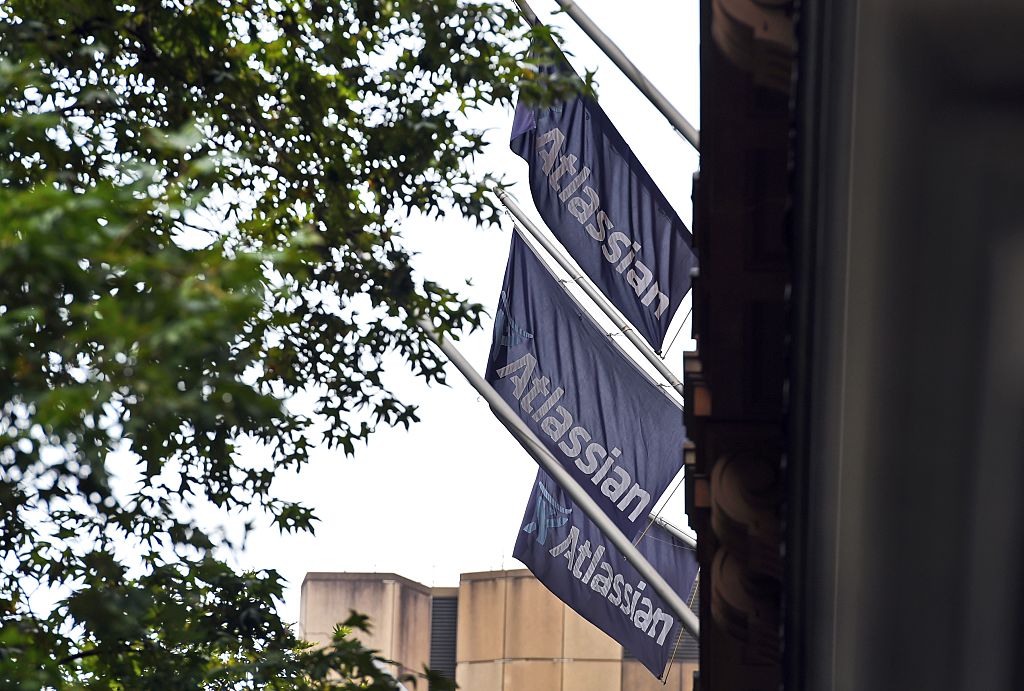Atlassian announced this morning that it is acquiring video messaging service Loom for $975 million, the same company that had a $1.53 billion valuation in May 2021 when it announced a $130 million Series C. That was when companies were still thinking about all work being cloud-based and the future looked oh so bright.
As times have changed, so has the value of the company, but Atlassian still sees Loom and its 25 million customers, and more than 5 million video conversations per month, as a valuable asset. The company believes that it can be a useful collaboration tool for its platform, especially Jira and Confluence.
“Async video is the next evolution of team collaboration, and teaming up with Loom helps distributed teams communicate in deeply human ways,” Mike Cannon-Brookes, Atlassian co-founder and co-CEO said in a statement.
The company also sees the power of AI helping push this acquisition further with features like “video transcripts, summaries, documents, and the workflows developed from them, providing multiple ways for teams to connect and collaborate,” according to the company.
Joe Thomas, co-founder and CEO of Loom, tried to put a positive spin on the acquisition, saying in a statement, “Loom’s vision is to empower everyone at work to communicate more effectively wherever they are, and by joining Atlassian, we can accelerate their mission to unleash the potential of every team.” That is, of course, the argument of every acquired CEO, that the combined entities can do so much more, so much faster, than the company could do on its own.
But this was a company that launched in 2015, and raised over $200 million along the way. Its $30 million Series B in 2019 included industry luminaries like Figma CEO Dylan Field, Front CEO Mathilde Collin and Instagram co-founders Kevin Systrom and Mike Krieger, along with VC firms Sequoia and Kleiner Perkins.
The company’s customer list on its website reads like a who’s who of corporations across a variety of verticals, including companies like Ford, Tesla, Disney, Walmart, Goldman Sachs and Amazon, to name but a few.
But with a free tier to push the business, perhaps too many users were free and not enough were in the paying category. It seems that the writing might have been on the wall last June when the company announced it was laying off 14% of its workforce.
Atlassian says it plans to pay for the acquisition with cash on hand, and that the transaction is expected to close some time in the third quarter next year subject to typical conditions and regulatory approval.
Source









